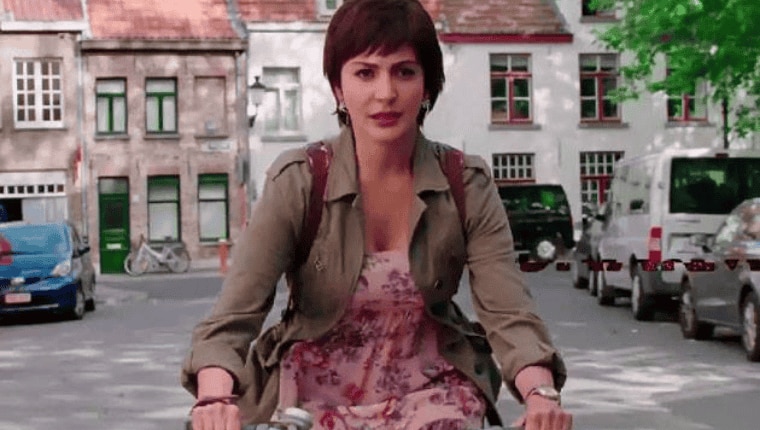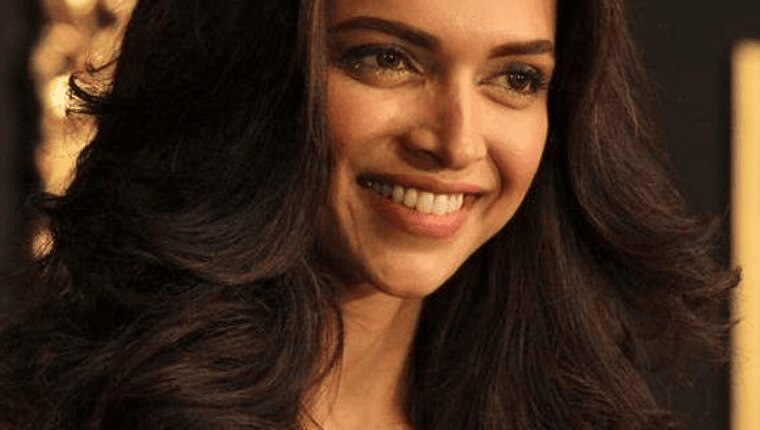- 01 The Cultural Significance of Long Hair in India
- 02 Long Hair and Bollywood’s Beauty Standards
- 03 Gender Norms and Social Expectations
- 04 Influence of Audience Perceptions
- 05 Fear of Deviating from the Norm
- 06 Global vs. Local Beauty Trends
- 07 Hair and Characterisation in Bollywood Films
- 08 The Evolution of Hair Trends in Bollywood
- 09 The Darker Side of Hair Politics
It's no secret that long, flowing locks have long reigned supreme on the silver screens of Bollywood. From Deepika Padukone to Anushka Sharma, leading actresses almost universally sport luxurious lengths, while short pixie haircuts remain a rarity. But why? Is there more to this phenomenon than mere fashion? In India, hair isn't just hair—it's deeply tied to culture, beauty, and identity. Let's explore the reasons why Bollywood is reluctant to embrace the chop, and why the long-hair standard persists.
01The Cultural Significance of Long Hair in India
In Indian culture, long hair has traditionally symbolised beauty, femininity, and even spiritual health. It's a concept deeply embedded in the nation's cultural fabric, dating back centuries. Ancient texts and myths often depict goddesses and women of high status with long, flowing hair, suggesting grace and purity. Long hair is frequently seen as an external representation of a woman's internal beauty, making it not just a matter of fashion, but a cultural expectation. From the epic stories of Draupadi in the Mahabharata, whose long hair was described as her crowning glory, to the numerous depictions of long-haired women in traditional Indian art, the length of a woman's hair has always carried symbolic weight. Bollywood, which often reflects and shapes societal norms, mirrors this ideal of femininity through its leading ladies.
02Long Hair and Bollywood’s Beauty Standards
For decades, Bollywood has perpetuated a singular beauty ideal: actresses with long hair are more likely to be cast in roles of traditional beauty, innocence, and romance. The sight of a heroine's hair billowing in the wind as she dances across a field has become a Bollywood cliché, reinforcing long hair as synonymous with grace and femininity. In romantic roles, especially, long hair is the go-to look. It frames the heroine's face in a way that emphasises softness and allure, while short haircuts, by contrast, are rarely seen unless they're meant to make a particular statement about the character's personality. This fixation on long hair also means actresses often maintain this look not only for their roles but also as part of their public image.
03Gender Norms and Social Expectations

India's gender norms play a huge role in the choices actresses make about their hair. Long hair is often tied to traditional ideas of femininity and womanhood. Societal pressure reinforces the notion that a "good" woman has long, well-maintained hair, and anything short is a deviation from this ideal. Short hair, particularly pixie cuts, has often been associated with rebellion or androgyny, which doesn't align with the conventional image that many Bollywood actresses are expected to project. In fact, some actresses who've gone for the chop—like Anushka Sharma during her role in PK—faced mixed reactions from fans, as it clashed with the romanticised, feminine aesthetic people have come to expect from Bollywood stars.
04Influence of Audience Perceptions

The audience plays an undeniable role in shaping beauty trends in Bollywood. In a country where a large segment of the population still adheres to traditional values, actresses are often expected to conform to societal norms. Long hair continues to be seen as a hallmark of feminine beauty by much of the public, so actresses who opt for short pixie cuts can face pushback. Deepika Padukone, known for her striking long locks, remains a fan favourite, and much of her aesthetic appeal to audiences comes from her maintaining that glamorous, traditional image. When it comes to hair, Bollywood actresses are often at the mercy of public opinion, which still tilts in favour of long locks.
05Fear of Deviating from the Norm

For many Bollywood actresses, the idea of chopping their hair short is seen as a risky move. While a pixie cut might be considered a bold style choice internationally, in Bollywood, it is often perceived as a departure from the norm. Actresses who have adopted short haircuts, like Kangana Ranaut in Tanu Weds Manu Returns, have done so to make a statement, and these choices are often tied to the character's rebellious or unconventional nature.
This reluctance to embrace short hair can be attributed to the fear of disrupting an established image or alienating fans. Actresses worry that a short haircut might limit the kinds of roles they're offered or shift how they are perceived in the industry.
06Global vs. Local Beauty Trends
Globally, there's been a growing trend towards short, edgy haircuts. Hollywood and other international film industries have seen actresses embracing pixie cuts as a symbol of confidence and modernity. However, Bollywood has been slower to adopt this shift. While Indian actresses working in international cinema might feel more comfortable experimenting with shorter hair, the local Bollywood audience still prefers the glamour of long, flowing locks. This creates conflicting pressures for actresses who straddle both worlds, where short pixie cuts may be admired abroad but are still seen as unconventional at home.
07Hair and Characterisation in Bollywood Films

Hair in Bollywood is often used as a tool to signify character traits. Actresses with long, well-groomed hair are usually depicted as traditional, virtuous, and desirable. In contrast, actresses with short haircuts may be cast in roles that portray them as rebellious, modern, or outside societal norms. For example, Priyanka Chopra's character in Anjaana Anjaani sported a short bob to emphasise her bold, free-spirited persona, whereas her roles in more romantic or traditional films often show her with long, flowing hair. The hairstyle is frequently a visual cue for the audience to understand a character's identity and values.
08The Evolution of Hair Trends in Bollywood
Hair trends in Bollywood have evolved slowly over time, but long hair remains the dominant standard. Actresses have subtly influenced these trends—whether through shoulder-length haircuts or bob styles - but these changes are often temporary and tied to specific roles. While some actresses have experimented with short hair for film roles, few have adopted it as part of their personal style outside of the silver screen.
09The Darker Side of Hair Politics
Hair in India is also tied to issues of control and conformity. In a patriarchal society, women's bodies—including their hair—are often seen as extensions of their value and desirability. Long hair can be both an empowering expression of femininity and a tool of oppression, as it reinforces strict gender norms that women are expected to conform to. In this context, the choice to maintain long hair or cut it short becomes more than just a personal style decision—it's a commentary on societal expectations, gender, and autonomy. Ultimately, Bollywood's aversion to the pixie cut speaks to deeper cultural and societal factors. Long hair remains a symbol of traditional beauty, while short haircuts challenge gender norms and audience perceptions. Though hair trends are slowly evolving, the long-standing cultural ties to long hair continue to shape the hairstyles seen on the silver screen. While the world may increasingly embrace short pixie cuts, Bollywood remains inextricably linked to the beauty of long, flowing hair—for now.






